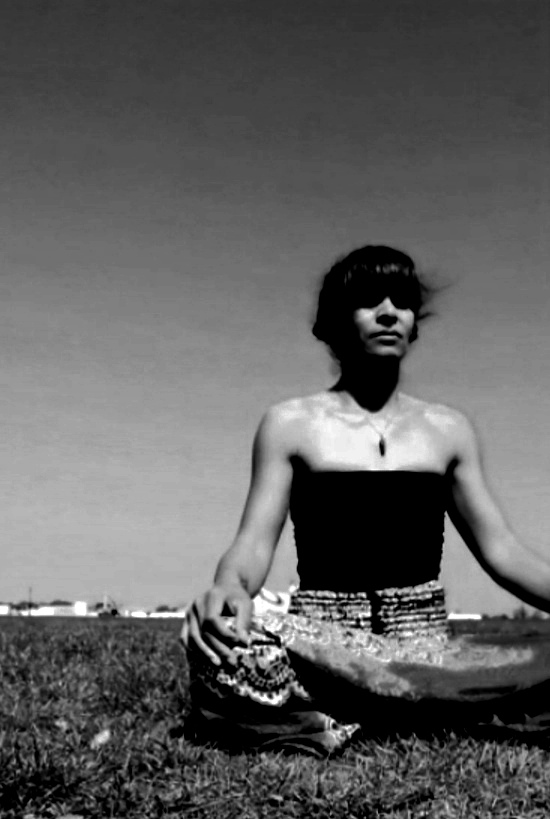Mythical Stories from Yoga: The Legend of Virabhadra and the Warrior Poses, a love story.
- leiliyoga

- Aug 23, 2024
- 4 min read

Introduction to the Warrior Poses
In yoga, the Warrior poses, Virabhadrasana I, II, and III, are some of the most practiced, popular and powerful asanas, symbolizing strength, courage, and focus. The asanas are more than just physical postures; they have a deep mythological significance that is rooted in ancient Hindu stories. The Warrior poses are named after Virabhadra, a fierce warrior created by the god Shiva.
The Myth of Virabhadra
The story of Virabhadra begins with a tragic event involving the god Shiva and his wife, Sati. Sati, the daughter of King Daksha,(The meaning of the word "Daksha" (दक्ष) is "able", "expert", "skillful" or "honest".[4][5] According to the Bhagavata Purana, Daksha got this name as he was expert in begetting children...hahaha, Men!) married Shiva against her father’s wishes. Daksha really disapproved of Shiva.
One day, Daksha organized a grand yagna, a ritual sacrifice, and invited all the gods, but not Shiva and Sati. Despite Shiva’s warnings, Sati decided to attend the yagna, hoping to mend the relationship with her father. However, when she arrived, Daksha insulted Shiva in front of all the the guests, heartbroken, Sati was unable to bear the dishonour brought upon her husband and threw herself into the sacrificial fire, saying " you brought me into this life and I no longer wish to be associated with it" ending her life.
When Shiva learned of Sati’s death, he was consumed with rage and grief. In his fury, he tore a lock of his matted hair and flung it to the ground. From this lock of hair emerged Virabhadra, a mighty warrior, dark and fearsome, created to avenge Sati’s death and destroy Daksha’s yagna. Virabhadra stormed into the yagna, wreaking havoc and ultimately beheading Daksha. Later, Shiva, in his sorrow, revived Daksha replacing his head with that of a goats head, and restored peace, but the memory of Virabhadra’s strength and devotion lives on in the Warrior poses.
The Symbolism Behind the Warrior Poses
The story of Virabhadra is rich in symbolism, which is reflected in the Warrior poses. Each of the three main Warrior poses represents a moment in the myth of Virabhadra:
Virabhadrasana I (Warrior I): The Arrival
Pose Description: In Warrior I, you stand with one foot forward, knee bent, and the back leg straight, with your arms raised overhead. Your drishti(gaze) to your thumbs, full of focus and determination.
Symbolism: This pose represents Virabhadra arrival at the yagna, as he emerges from the ground, ready to confront Daksha. The lifted arms symbolize Virabhadra rising through the earth.
Virabhadrasana II (Warrior II): The Focus
Pose Description: In Warrior II, your front knee is bent, you "open " your body to the side, lengthening the distance between your front foot and back foot, your back leg is straight, with your arms lower to extended parallel to the ground. Your gaze is over your front hand, steady and fierce.
Symbolism: Warrior II captures the moment Virabhadra spots Daksha and prepares to attack. The grounded stance and focused gaze reflect the warrior’s unwavering concentration, focus and readiness to act.
Virabhadrasana III (Warrior III): The Strike
Pose Description: Warrior III is a balancing pose where you lean forward, lifting your back leg and extending your arms in front of you, forming a straight line from fingertips to toes.
Symbolism: This pose represents the final strike, as Virabhadra beheads Daksha. Warrior III requires strength, balance, and precision, symbolizing the decisive action needed to overcome obstacles. It encourages us to find strength within ourselves, even in moments of instability.
The Lessons of Virabhadra in Your Practice
The story of Virabhadra and the Warrior poses is not just about physical strength; it’s also about mental and emotional resilience. Here are a few lessons you can take from Virabhadra into your yoga practice and daily life:
Courage in the Face of Adversity: Just as Virabhadra faced Daksha with courage, Warrior poses teach us to confront our challenges with strength and determination. Whether you’re dealing with physical limitations or life’s difficulties, these poses remind you to stand strong and face your fears.
Focus and Precision: Each Warrior pose requires focus and attention to detail, mirroring Virabhadra's unwavering focus in his mission. This teaches us to cultivate mindfulness and to approach our goals with clarity and precision.
Balance Between Strength and Grace: The story of Virabhadra is one of power, but it also carries a lesson in balance. In your practice, strive to find the balance between effort and ease, strength and grace, just as Virabhadra’s story balances fierce action with eventual peace.
Embracing Transformation: The myth of Virabhadra also speaks to the transformative power of yoga. As Virabhadra arose from Shiva’s anger, we can use our own challenges as catalysts for growth and transformation on and off the mat.
Conclusion: Channelling the Warrior Spirit
At the heart of the matter Virabhadrasana I,II & III form a love story, showing us to be strong but also forgiving, The Warrior poses in yoga are more than just physical postures; they are embodiments of strength, focus, and transformation. By understanding the story of Virabhadra, you can bring a deeper level of awareness and intention to these poses. The next time you practice Virabhadrasana I, II, or III, remember the warrior’s story and let it inspire you to find your own inner strength and courage.
Whether you’re facing a tough day or just trying to balance in Warrior III, channel the spirit of Virabhadra. Embrace the power, the focus, and the resilience that these poses represent. Let your practice on the mat empower you to stand strong in all aspect.




Comments